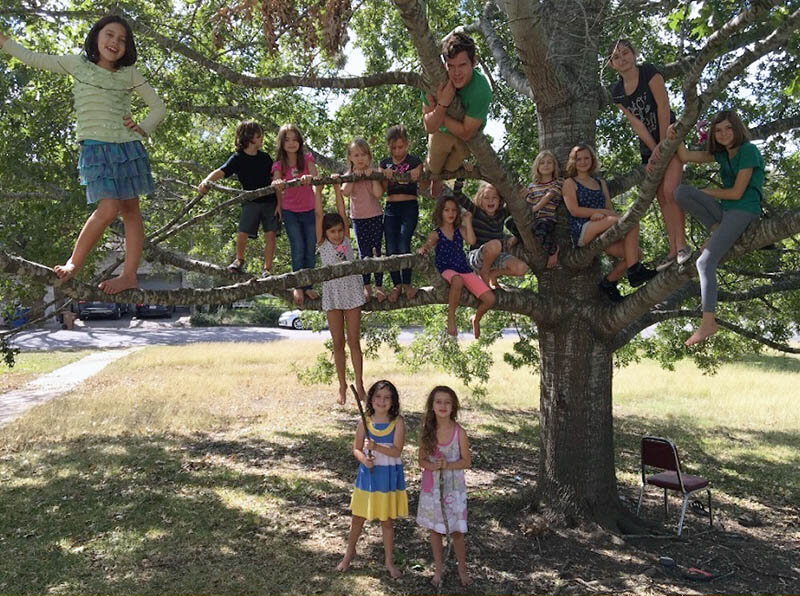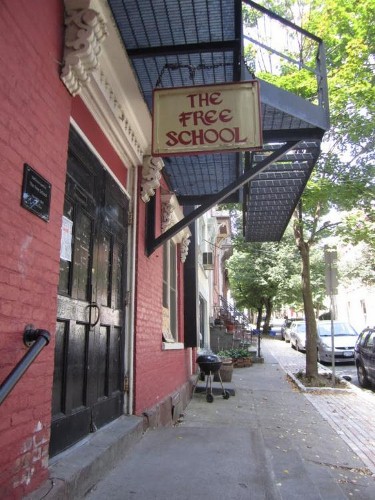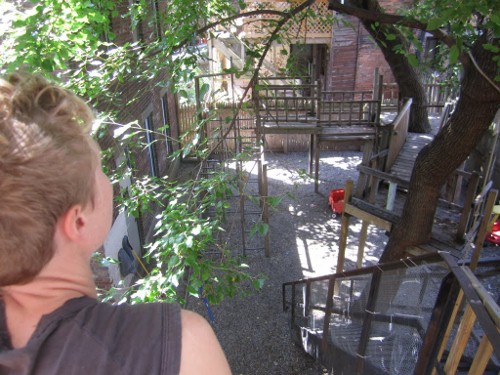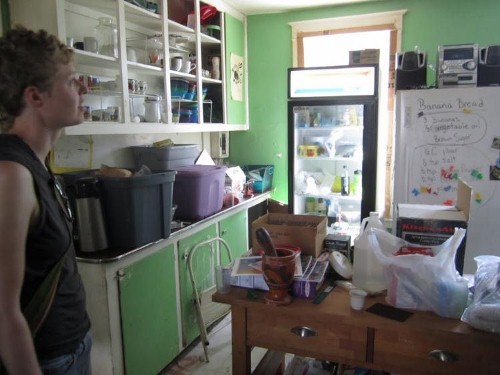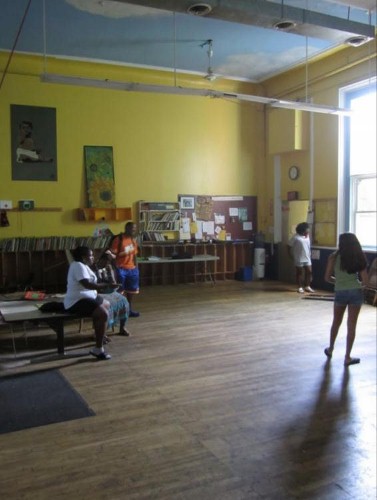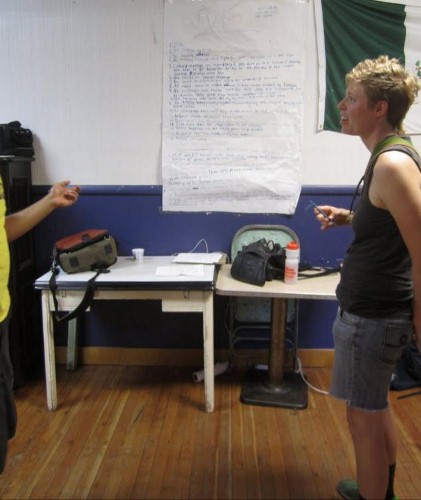Sudbury silver linings
/Today we’re pleased to share an important update from Bruce Smith, a longtime staff member of Clearview Sudbury School, about the Clearview community’s democratic decision-making around reopening during the COVID-19 pandemic.
In a time when so many are stressed and scrambling, when good options seem rare, gratitude for the silver linings becomes that much richer. As schools and unschoolers alike approach the end of summer, I am very fortunate to be part of a community that just made our own hard, but healthy, decision.
At a special (and, of course, virtual) meeting in late July, the staff, students, and parents of Clearview Sudbury School voted to push the first day of our 2020–2021 school year to 2021— January 6th, to be precise. Our schedule the rest of the year will also see reduced hours and four-day weeks. This vote followed two rounds of surveys and informal discussions, as we worked over several weeks to assess everyone’s preferences and concerns, along with crunching all the numbers we could get our hands on.
While the outcome was relatively difficult and frustrating, there is also a degree of comfort and gratitude. I know I feel better putting off reopening to a date when more of us will feel safer returning. Neither opening while Texas remains a hotspot nor spinning the revolving door of opening and reclosing held any appeal for me. Nor was I interested in returning to the week-to-week uncertainty of this past spring, not knowing if we’d be closed for a week, a month, or the entire semester.
There have been many times over the years when I’ve appreciated the democratic processes of Sudbury schools, but this is the first time it’s hit home quite like this. There’s still plenty of uncertainty, of course, and it isn’t getting any easier to support our families, to keep everyone feeling connected at a distance. However, in comparison to so many other schools, I feel incredibly lucky to be part of one where everyone has a voice and a vote, where we get to decide for ourselves, together, what approach feels safest and best for us.
In a perfect world, every family would have this much of a say in the decisions affecting their children’s learning. And who knows? If this crisis leads more people to find the educational option that works best for them, well, maybe that will be a silver lining on a grand scale.
Thanks for reading, and my best wishes for health and strength to all of you.
Bruce Smith


